Heart sounds
By: HWC
Date Uploaded: 12/02/2019
Tags: homeworkclinic.com Homework Clinic HWC Heart sounds SI ventricular systole S2
During a normal, healthy heartbeat, or what we call a cardiac cycle, the top two chambers of the heart, called the atria, contract simultaneously. Then, as they relax, the bottom two chambers, called the ventricles, contract. This explains what happens during a cardiac cycle, but what it doesn't tell us is how the atria and ventricles know when it's time to contract. In other words, what's controlling the beating of the heart? • SI • Follows closure of AV valves. • Marks the start of ventricular systole. • Lower pitched. • Longer in duration. • Described as "lubb". • S2 • Follows closure of SL valves. • Marks the start of ventricular diastole. • Higher pitched. • Sharper, shorter in duration. • Described as "dupp". The starting point of the intrinsic conduction system is the sinoatrial node, or SA node. A node is a mass of cells, somewhat like a knot, and the SA node is a mass of cells that set the pace of the heart. The SA node is very important, and it's often referred to as the pacemaker of your heart. In fact, if something goes wrong with this node, a person might need to have an artificial pacemaker implanted to keep their heart's steady beat. However, the impulse cannot spread directly to the ventricles. The impulse must be conducted by more of this specialized tissue, namely called the atrioventricular node, or AV node. This name is easy to recall because this node is found between your atria and ventricles, and its job is to transmit the electrical impulse from the atria to the ventricles. You can think of the AV node as a traffic cop, guiding traffic through a busy intersection. The AV node moves the impulse from the SA node through to the rest of the heart.
Add To
You must login to add videos to your playlists.
Advertisement



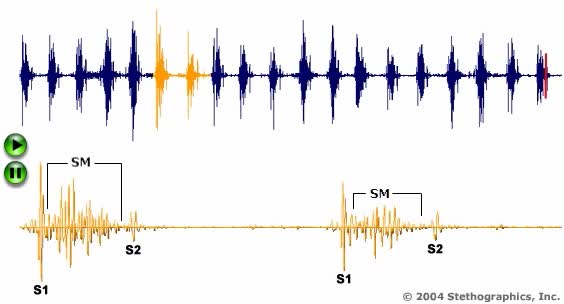
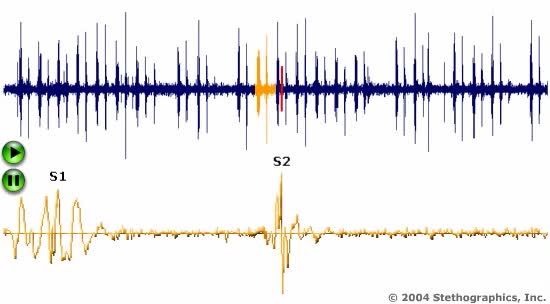
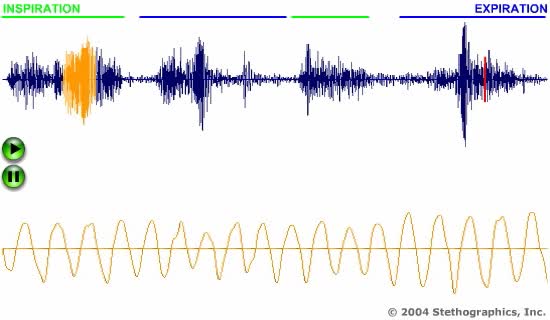
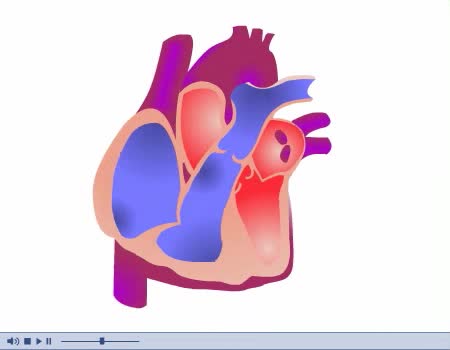

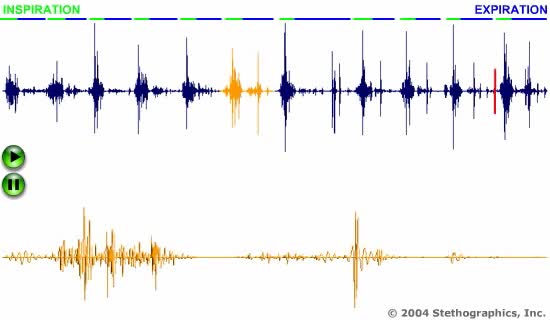
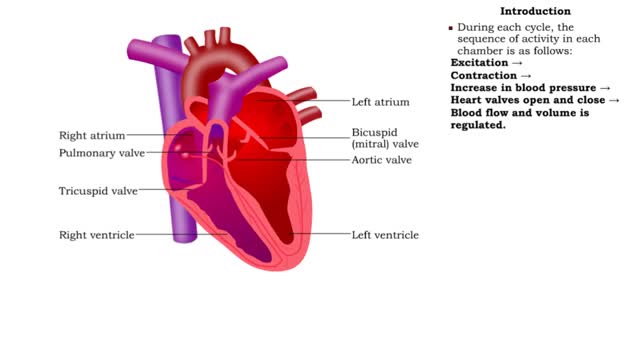


Comments
0 Comments total
Sign In to post comments.
No comments have been posted for this video yet.